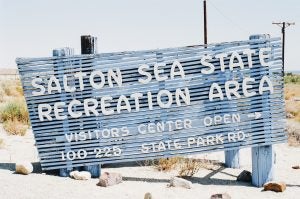
Water leaders from 13 communities throughout California’s San Joaquin Valley attended the Leadership Institute to build engagement capacity and share lessons about small water system management. (Credit: Kike Arnal)
There I was again, in the car on Highway 99, on my way from San Francisco to Visalia, in the heart of California’s San Joaquin Valley. I had made the trip a dozen times over the past year. But this trip was different. This time I was headed to a reunion.
Back in December 2016, I wrote about a cohort of 30 community water advocates who had just graduated from the Rural Water Boards Leadership Institute – a joint effort sponsored by the Rural Community Assistance Corporation, Self Help Enterprises and Environmental Defense Fund to train residents in the San Joaquin Valley on how to engage on state water policy. Participants spent six months attending workshops and learning about California’s landmark law to end groundwater over pumping and how the law – known as the Sustainable Groundwater Management Act, or SGMA – might affect their small community water systems. They discussed methods for engaging state policy makers and learned advocacy and communication skills.
Now, almost a year after their graduation, these water leaders were meeting again to catch up, share stories and explore new opportunities to learn from one another. Read More










